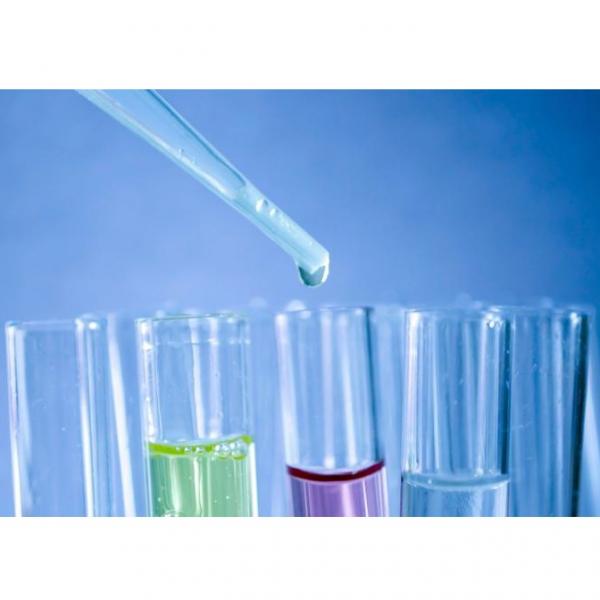
Detection and Testing
- Detecting cancers early is an important step in preventing significant health problems.
- When a test is performed to detect a disease, there are four possible outcomes:
- True positive - test indicates that a patient has a disease that the patient does indeed have
- False positive - test indicates that a patient has a disease when they do not
- True negative - test indicates the patient is disease-free, and this is indeed the case
- False negative - test indicates the patient is healthy when in fact the patient has the disease
Sensitivity and Specificity
- Medical tests are characterized by two features, sensitivity and specificity.
- Sensitivity refers to how accurately a test identifies people who have the disease.
- Specificity refers to how accurately a test identifies people who do not have the disease.
- The best medical tests have high sensitivity and high specificity.
General Techniques
A wide variety of techniques are used for cancer detection, including:
- Non-invasive Techniques
- Ultrasound uses reflection of sound waves to create an image of a part of the body
- MRI uses magnetic fields and radio waves to produce images of the body.
- PET scans use radioactive molecules to create a dynamic image of internal tissues and organs. PET scans are able to measure the metabolic activity of cells, not just their structure.
- CT scans use x-rays to take multiple image slices in order to create a 3D image.
- X-rays utilized high energy beams to create an image.
- Invasive Techniques
- Fine needle aspiration (FNA) uses a small needle to collect small samples of a lesion.
- Core needle biopsy (BPA) uses a larger needle to collect samples of a lesion.
- Analysis of Biopsy Samples
- Immunohistochemistry (IHC) measures protein expression using specially labeled antibodies.
- Fluorescence in situ hybridization (FISH) measures genetic changes (i.e. amplification) using fluorescently labeled DNA probes.
Cancer Specific Techniques
Some detection techniques are used to detect specific cancer types. Examples include:
- Mammography uses low dose x-ray to create an image of a breast.
- Sigmoidoscopy uses a small tube containing viewing equipment to view the colon.
- Virtual Colonoscopy uses an MRI or CT scan to create an image of the inside of the colon.
- Pap smears use a sample of cells from the cervix to detect cervical cancer. Pap smears may also detect ovarian and uterine cancers that have migrated to the cervix.
- Prostate specific antigen (PSA) test measures levels of a glycoprotein in the blood. Elevated levels of PSA may be associated with prostate cancer.
